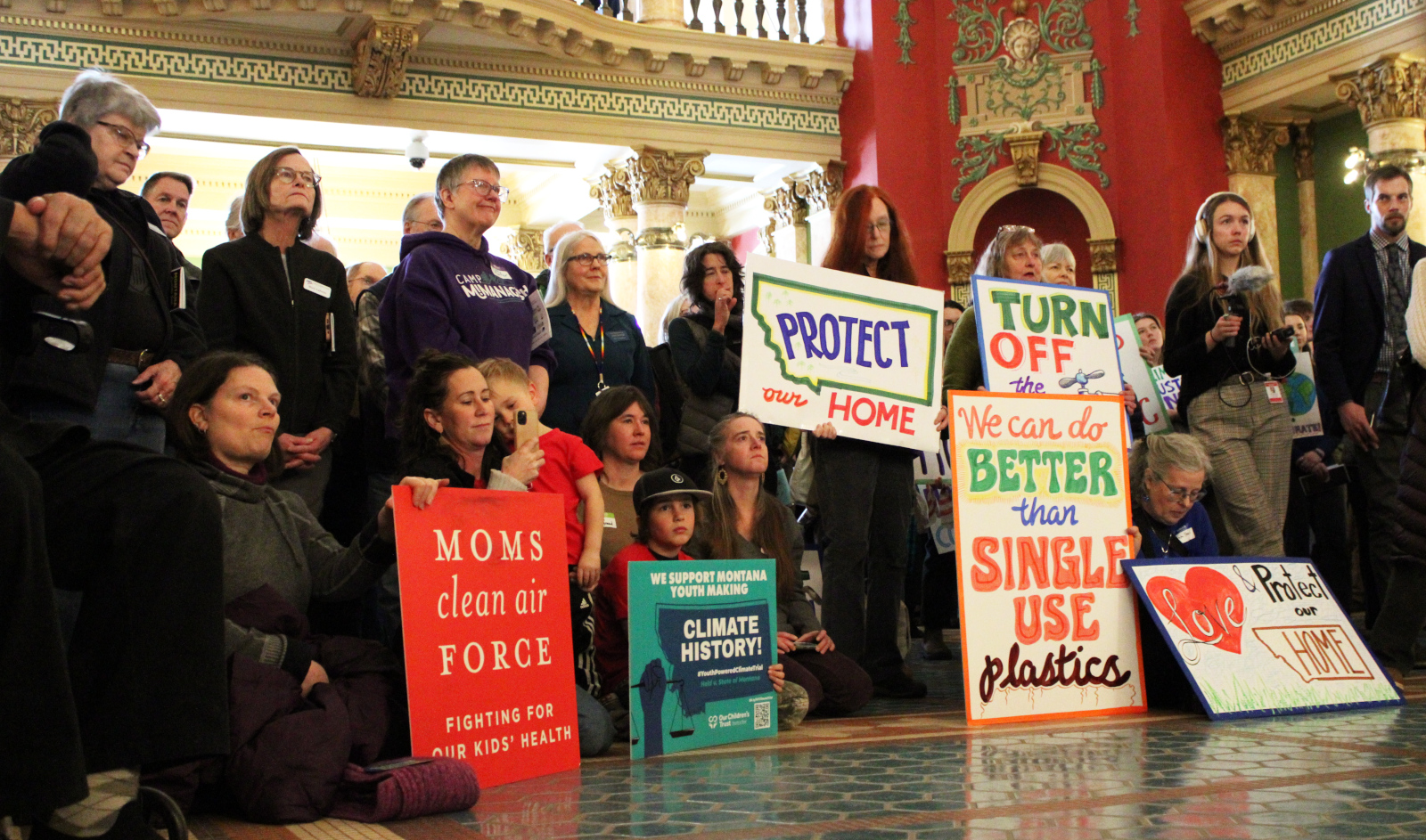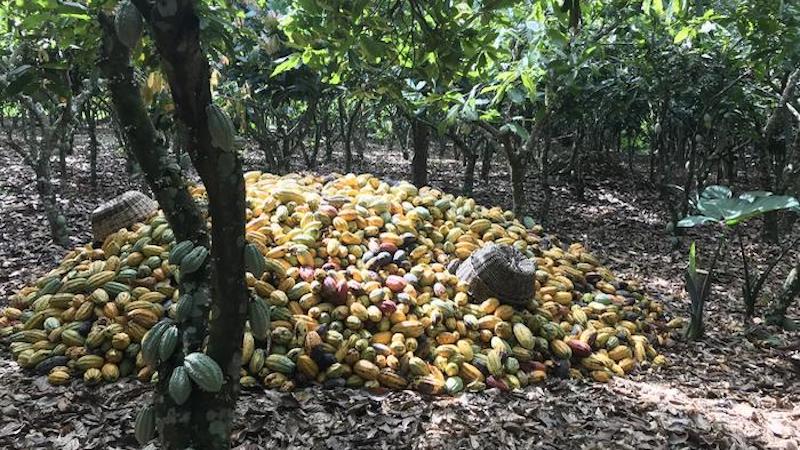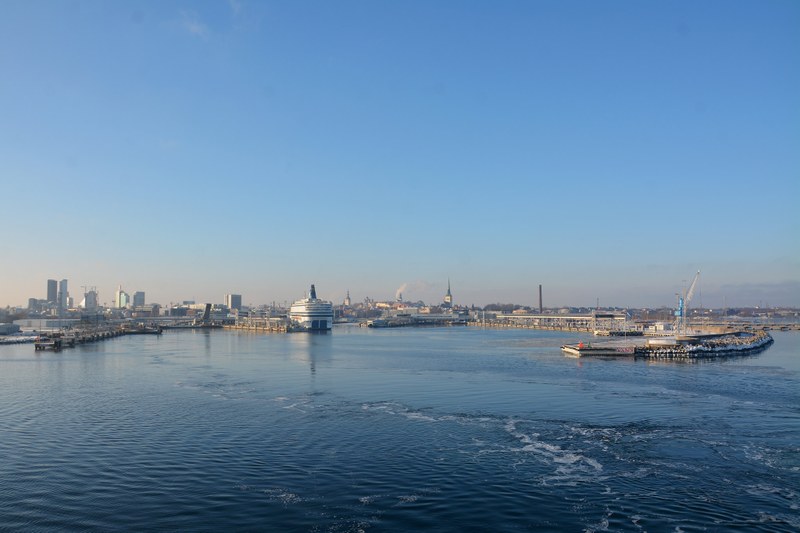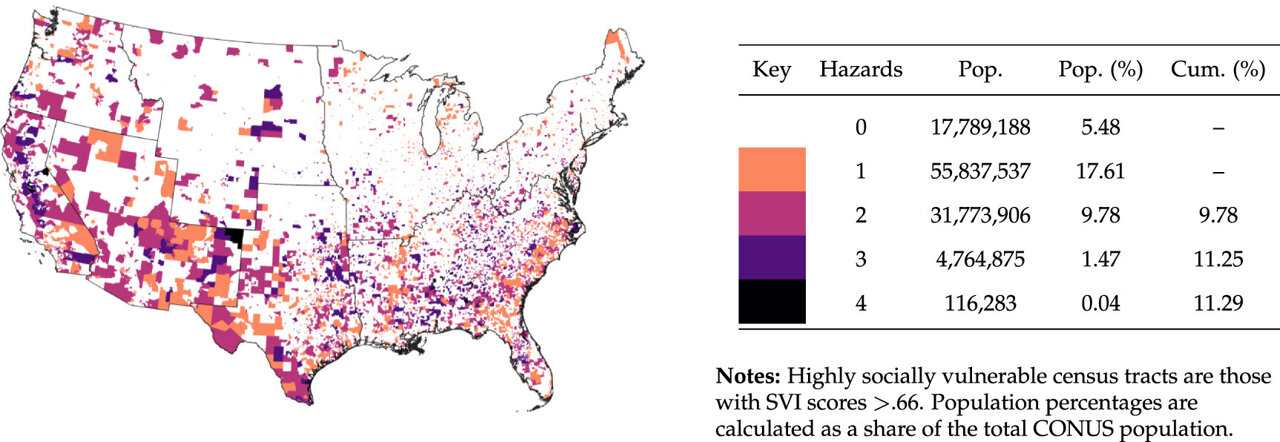
Flames at Bay: Insider Secrets to Fireproof Your Home and Save Lives
Safeguarding Your Home: Essential Fire Prevention Strategies
In an unpredictable world, protecting your property from the devastating threat of fires is crucial. By implementing a comprehensive fire prevention plan, you can significantly reduce the risk of property damage and ensure the safety of your loved ones.
Key Fire Prevention Tactics
1. Install and Maintain Smoke Detectors
Your first line of defense is a robust smoke detection system. Install smoke alarms on every level of your home, including bedrooms and hallways. Test these devices monthly and replace batteries annually to guarantee they're always functioning correctly.
2. Create a Strategic Fire Escape Plan
Develop a clear, well-practiced evacuation strategy with your family. Identify multiple exit routes from each room and establish a designated meeting point outside. Regular drills can make a life-saving difference during an emergency.
3. Manage Electrical Systems
Faulty electrical wiring is a common fire hazard. Schedule regular professional inspections, avoid overloading outlets, and replace frayed cords immediately. Consider upgrading older electrical systems to meet current safety standards.
4. Kitchen Safety Protocols
The kitchen is a potential fire zone. Never leave cooking unattended, keep flammable items away from heat sources, and have a fire extinguisher within easy reach. Learn how to safely extinguish different types of fires.
5. Landscape and Exterior Maintenance
For homes in wildfire-prone areas, create a defensible space around your property. Clear dry vegetation, maintain a buffer zone between structures and combustible materials, and use fire-resistant landscaping techniques.
Invest in Prevention
While these strategies require time and effort, they're invaluable investments in your property's safety. Remember, proactive prevention is always more effective and less costly than dealing with fire damage aftermath.
Stay vigilant, stay prepared, and protect what matters most.









